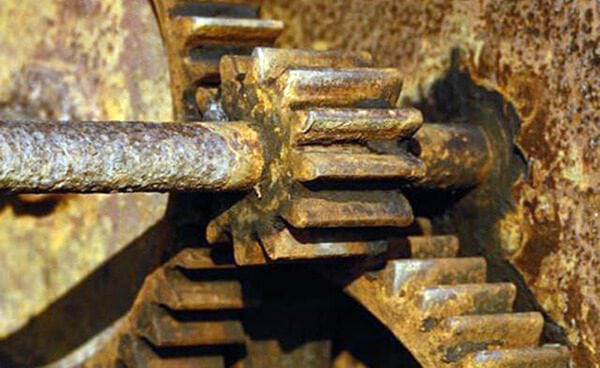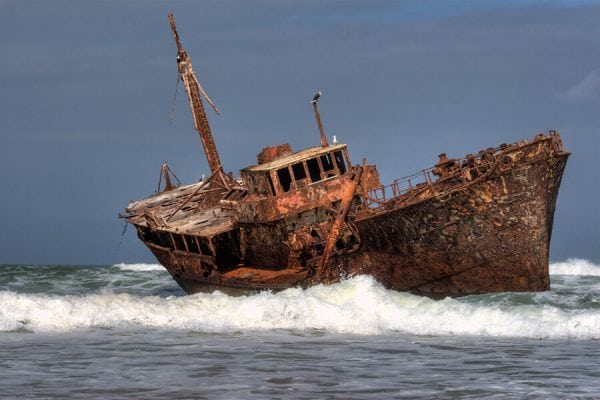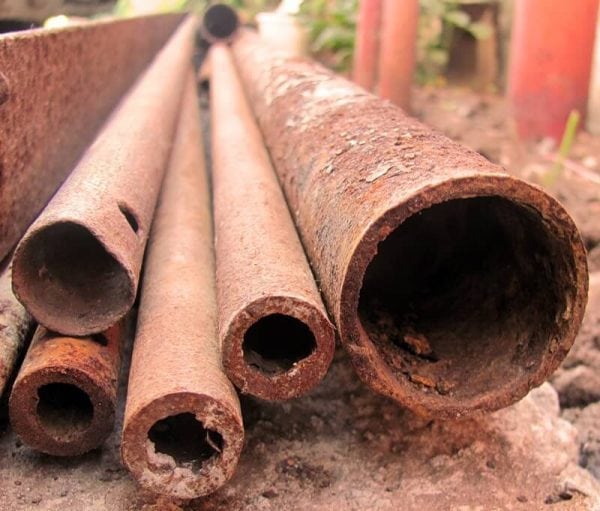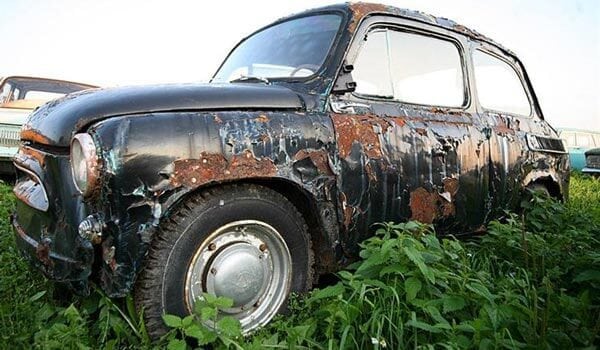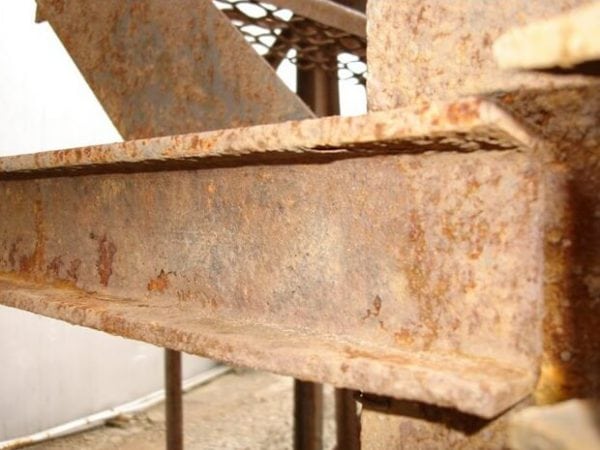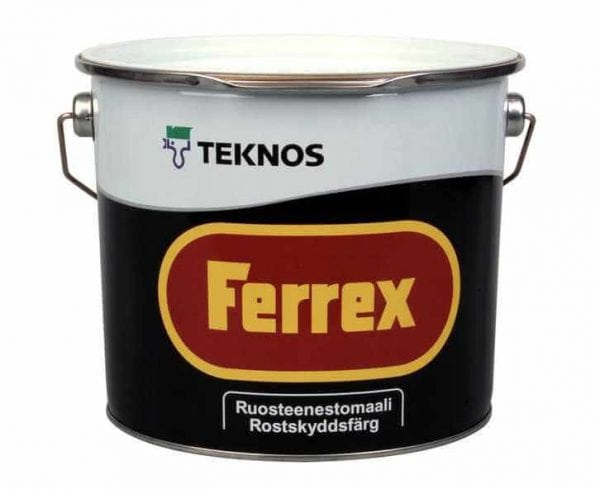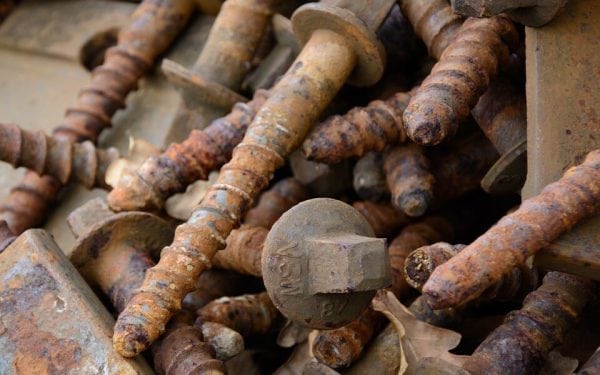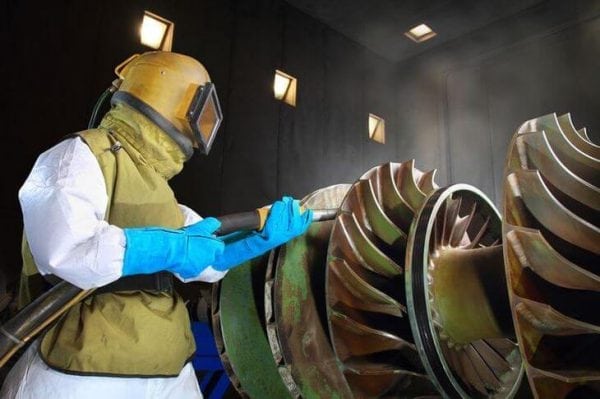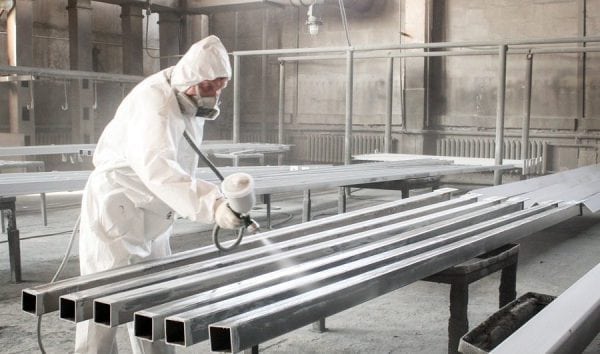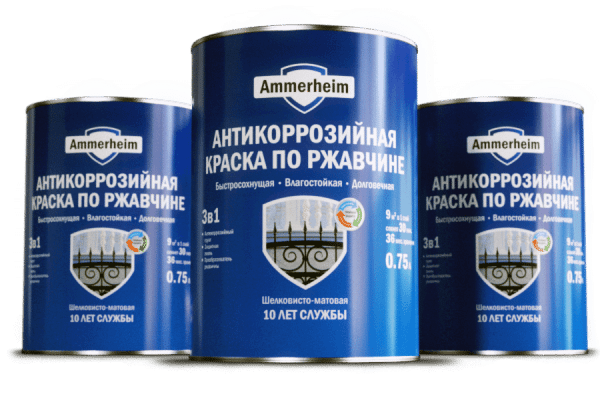Corrosion is the spontaneous destruction of metal surfaces under the influence of metal interaction with the environment. Especially manifesting itself at elevated mechanical and thermal stresses, corrosion processes cause great damage to steel structures. Correctly assessing the corrosion rate means increasing the durability of the product.
- Classification of types of rust
- Mechanisms of occurrence and development of corrosion phenomena
- Electrolytic
- In the presence of acids
- In the presence of loads
- Methods for assessing corrosion processes
- Determination of the speed of corrosion processes
- The practice of corrosion testing of metals
- Ways to reduce corrosion: mechanism and effectiveness
- Metal coating
- Dyeing
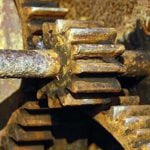
Classification of types of rust
Corrosion is classified according to the following criteria:
- By the uniformity of the flow. There is more uniform, surface corrosion (in which the wall thickness of the product decreases with the same degree) and uneven, focal corrosion, which is characterized by the appearance of damaged points or ulcers on the steel surface.
- In the direction of action. Selective corrosion occurs in which only certain components of the metal structure are affected, and contact, which destroys a certain metal (for bimetallic compounds).
- By the scale of its action, such types of corrosion are known as intergranular, destructively acting along the grain boundaries of steel (with a gradual spread inward), and bulk, affecting the entire surface at the same time.
The intensity of corrosion increases significantly if, in addition to adverse changes / fluctuations in temperature and humidity, tensile stresses, as well as a chemically aggressive medium, additionally affect the contact surface of the metal.
The intensity of corrosion increases many times due to cracking between adjacent crystallites and their blocks. External tensile-compressive stresses are even more aggressive on steel.
Mechanisms of occurrence and development of corrosion phenomena
Since most steel surfaces work in an environment of a certain humidity, as well as in water, aqueous solutions of salts, acids and alkalis, the electrolytic mechanism is the predominant mechanism for the appearance of rust. The only exception is furnace corrosion, which occurs in the metal structures of heating devices: there surface destruction occurs due to the formation of high-temperature rust - scale.
to contents ↑Electrolytic
During electrolytic corrosion in the presence of oxygen, the hydration reaction of iron occurs in steel, the final product of which is iron oxide hydrate Fe (OH) 2. This phenomenon is called corrosion of the anode type. But the process does not end there. Iron oxide hydrate is an unstable substance and, in the presence of water (or water vapor), decomposes quite quickly into various iron oxides:
- at elevated temperatures, predominantly iron oxide FeO is formed;
- at room or slightly higher - iron oxide Fe2O3;
- at intermediate (in the temperature range + 250 ... + 450 ° C) - magnetic iron oxide-Fe3O4.
In any case, the surface of the steel rusts, only indicators of this phenomenon can be either reddish-brown or grayish-yellow.
to contents ↑
In the presence of acids
A slightly different mechanism of rust formation occurs in the presence of acids, acid solutions or liquid media that do not contain oxygen. Here the anodic dissolution of steel occurs with the formation of hydrides - compounds of iron and hydrogen. But the latter are chemically unstable substances, they quickly oxidize in an air and humid environment and also form rust, only more loose. Iron hydrides decompose especially rapidly when sulfur compounds are present in the atmosphere or environment.
to contents ↑In the presence of loads
According to the third scheme, corrosion occurs when external loads are applied to the contact surfaces. Here, in addition to two traditional components, a third component is necessarily present - lubricant. Since all organic compounds always contain oxygen and hydrogen, mechanochemical reactions of oxidation of the lubricant begin to occur with increasing temperature at the contact. They end up with the fact that instead of reducing friction, the used and partially already destroyed lubricant begins to actively oxidize the surface, forming rust.
Methods for assessing corrosion processes
The intensity of corrosion relative to steel is determined depending on the nature of the corrosion phenomena. Usually begin with a visual detection of rust on the surface.
Using a conventional microscope or even a magnifier, one can fairly accurately assess the intensity of corrosion processes and the degree of damage to a metal surface.
The so-called corrosion indicators are more accurately determined by the degree of damage. With their help, you can find out:
- weight loss due to corrosion;
- reduction in the linear size of the part or structure;
- damage intensity depending on the residence time of the part in a corrosive environment.
In addition to quantifying the presence of rust, a qualitative one is also possible. Its indicators are identified changes in the microstructure of steel. So, intergranular or selective corrosion is detected. Much less often, the intensity and rate of corrosion is determined by a change in the chemical composition of the environment surrounding the metal or by the amount of hydrogen released.
Specific corrosion indicators that affect the corrosion rate include:
- Integral corrosion characteristic. It is calculated as the mass loss of the steel product over the year divided by the surface area on which rust appeared. In this case, the surface of the corroded steel is considered to be one on which there are even single damaged points.
- Linear corrosion. It is calculated depending on the density of the part and the thickness of the product layer that corroded over the year.
What is the best value to use? If it is possible to accurately weigh a part before and after its operation, or to evaluate changes in the chemical composition of the solution in which this part functioned, then an integral assessment of corrosion processes is preferable. In particular, the performance of contact grease is evaluated. If the part is checked only several times a year or the assessment of the intensity of corrosion phenomena must be performed promptly, then it is better to use the second parameter.
to contents ↑
Determination of the speed of corrosion processes
Corrosion indicators also help determine the intensity of adverse changes. To do this, use the concept of "metal corrosion rate." It can be estimated by two different characteristics that vary over time.
Corrosion indicators can be set by the following quantitative characteristics:
- by area of the corroded surface;
- total weight loss;
- by changes in density;
- by the residence time of the part or structure in a corrosive environment (day);
- to reduce the thickness.
In this case, quantitative criteria for assessing the nature of steel corrosion over a certain period of time can be:
- absolute corrosion loss over the area;
- changing the linear dimensions of the product;
- linear corrosion resistance;
- corrosion rate;
- linear corrosion rate (millimeters per year);
- total corrosion resistance or durability.
In practice, the application of one criterion or another depends on the method of protecting the metal surface. It can be painted weatherproof paints, and you can use metal with protective coatings. If corrosion proceeds evenly, then the effectiveness of the protection can be evaluated more accurately.
If the intensity of rust formation in different places of the product is different, then the most appropriate method of protection can be selected only when the part is loaded with external tensile stresses. Then, over time, not only the appearance of the surface changes, but also some of its physical characteristics, in particular, thermal conductivity and electrical resistance.
to contents ↑The practice of corrosion testing of metals
Corrosion indicators are climatic factors - temperature, composition and relative humidity of the environment, the nature of the distribution of external loads. It is also necessary to take into account the change in illumination by time of day, the amount of precipitation, possible air pollution. For example, in areas of flue waste emissions near chemical plants and metallurgical plants, accompanied by a sharp increase in the percentage of SO2, corrosion processes are sharply activated.
As indicators of corrosion activity, you can use the quantitative dependence of corrosion on time:
- Linear - most often this is typical for metal surfaces that do not have a protective coating.
- Exponentially decreasing - found in acid corrosion of conventional metals and alloys.
- Exponentially increasing - when there is a protective coating on the surface of the part.
The intensity of rust formation under such conditions reduces:
- low wind speed;
- reduced cyclic over time changes in relative humidity indicators;
- the nature of the effect of a corrosive medium on the surface.
With a weak wind or its absence, there are no conditions for mixing the stream washing the contact surface of the steel. With prolonged phases of low and high humidity during the year, a film of surface rust has time to form, swell and separate from the base metal. The surface thickness will decrease, but the corrosion processes are forced to “start” first, and this requires not only time, but also suitable conditions - wind or changes in the chemical composition of air, which is not always the case.
Moisture, acid or alkali can reach the surface of the steel in the form of droplets or by spray. The first method is typical for areas with a high amount of precipitation, and the second is for an unfavorable environment in which a part or a metal structure functions.
Ways to reduce corrosion: mechanism and effectiveness
The ability of a painted surface to withstand corrosion processes depends on which corrosion mechanism prevails. For example, with a constant exposure to a chemically active medium, the potential difference of the external surface of the metal product and its internal volumes changes significantly. In this case, corrosive currents occur that enhance the corrosion process (a phenomenon often causing the destruction of steel pipes in underground pipelines). Here staining does not give any effect, since the chemical composition of the surface covered with a layer of paint does not change over time.
to contents ↑Metal coating
It is another matter when the surface is coated with a metal having a negative electrolytic potential with respect to redox processes. With the predominance of oxidative reactions, it is more effective to protect steel by applying a surface coating containing aluminum and zinc - metals that are “left of” iron in their oxygen activity.
Such processes - galvanizing and aluminizing - are widely used in the practice of anticorrosion protection of steel units and individual parts located in an oxidizing environment. Staining in these situations is auxiliary in nature, to enhance the decorative characteristics of the surface.
In a reducing environment, the process of formation of iron hydrides can be effectively blocked by the creation of surface coatings of metals located “to the right” of hydrogen: this is copper and all precious metals. Copper plating, although used in practice, is usually performed for relatively small surface areas, since it is a very costly process in terms of finances. It is for such situations that coloring can and should be applied.
to contents ↑Dyeing
The protective role of paints consists in the fact that corrosion inhibitors are always present in their composition - components that slow down the rate of scale formation processes over time. The chemical formulas of the inhibitor substances are designed in such a way that the appearance of rust is stopped as a result. The elasticity of modern coloring compounds allows coatings to successfully withstand surface stresses that provoke the onset of corrosion processes.
The anticorrosive properties of paints increase if they contain organosilicon polymers that increase the ability of the painted surface to withstand changes in humidity and temperature, regardless of the time of year. However, such paints have two significant drawbacks:
- poisonous;
- ineffective in the conditions of the electrolytic corrosion mechanism.
Thus, correctly selected coloring compounds can quite effectively block corrosion processes. To do this, they must contain corrosion inhibitors, have sufficient elasticity and mechanical strength, slightly changing over time.

